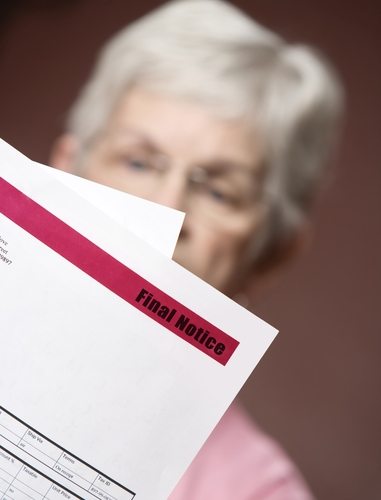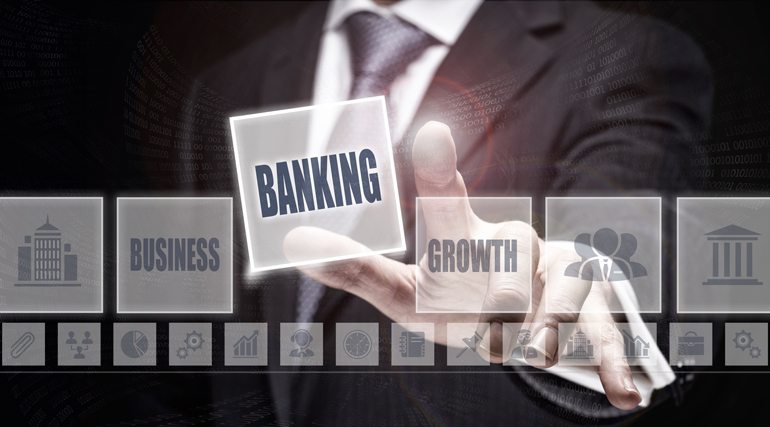There is no denying that the average business has become more digitized, automated and on-the-go then ever before in the past few years, and this has helped to usher in a new era of efficient, accurate reporting. Data entry errors, a lack of control over invoicing and other issues can quickly lead to significant problems for any organization, regardless of which industry it operates within or what its size might be.
E-invoicing has been one of the fastest growing movements in the automation and digital account management arenas, as these technologies have proven invaluable to such a wide variety of businesses and public sector agencies. Studies have indicated that a wealth of companies struggle to keep an adequate handle over their accounts payable and receivable functions, which can lead to issues and strain in cash flow that then snowballs into operational inefficiencies.
Rather than continuing to use the same types of methodologies and traditional tools that tends to lead to these inaccuracies and lack of control, more organizations are making the switch to e-invoicing, while public sectors around the globe appear to be leading the charge in this regard. Before running into more problems with overdue and outstanding payments that might have not even been accounted for, business leaders should consider leveraging these tools for a more modern approach.
Market on the rise in Europe
RNR Market Research recently released a study that forecast European e-invoicing to expand significantly through the next four years or so to the tune of 11.78 percent compound annual growth between 2013 and 2018. Several factors are expected to come with positive impacts on demand for these types of technologies, most notably government agencies working to become more efficient and intelligent.
According to the researchers, health care firms have already started to use these solutions in greater numbers, while utilities still have a bit more ground to make up in this regard, as do several types of public sector departments. Still, many nations have already made e-invoicing a mandatory function for their own businesses and agencies, with RNR pointing to Denmark as being the next one up.
Not surprisingly, the analysts noted that the elimination of paper products, reduction of errors in reporting and overall strengthening of cost management and delivery speed are also driving adoption rates up across the European market. Similar movements have been seen in other nations and regions, while private sector organizations have also been moving toward these solutions and approaches to invoicing more quickly of late.
What to expect
Mexico has had a notable experience with e-invoicing since the government there made it mandatory for businesses during tax season. Bronson Pettitt, writing for BNA Americas, recently stated that the Mexican government enjoyed significant improvements in the auditing and recovery of returns, especially with respect to the amount it paid to conduct the analysis and what it got out of the deal.
The author explained that the tax administration service in the Central American nation recovered roughly 61 pesos for every peso spent on an audit, noting that this is an increase in returns of more than 34 percent compared to last year. Considering the fact that this is the first year the nation is leveraging these solutions on a mandatory basis for tax reasons, it is a clear indication of how powerful e-invoicing technology can be.
Businesses in the United States can capture the same benefits to efficiency, accuracy and other aspects of accounts payable and receivable by switching to e-invoicing.






